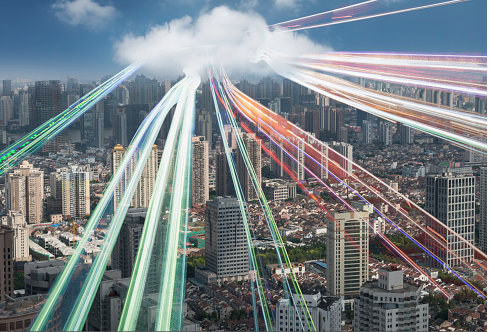Telecom & Technology Consulting

For those of use who live in cities, it’s impossible to fathom an existence without fast Internet speed. We assume that our friends, neighbors, and the people we pass by on the sidewalk have similar broadband or high-speed Internet plans. And I think I could speak for most and say that rural areas are where we’d find the lowest rate of access to the web, where as urban areas enjoy the highest rate of access.
But these are assumptions, and most assumptions can be dismissed by facts.
The truth is that 57% of the world’s urban population doesn’t even have an Internet connection, let alone a high-speed connection. Do the math and that’s more than 2.2 billion city dwellers across the planet. These aren’t people way out in the country or high on barren hilltops, but rather the human beings you encounter every day at work, at play, in the coffee shop (that is, if you live in a city/urban area).
These statistics reveal that economics, not geography, is the main culprit that creates what’s known as The Digital Divide. The Digital Divide is the gap that separates those with the latest technology and Internet access from those without it, fostering educational and career opportunities for some and hindering those opportunities for others.
To apply that abstract concept to a real world scenario, there are kids who don’t have a computer and/or high-speed internet at home, meaning they either can’t do their homework or can’t learn as best as possible (many of today’s K-12 lesson plans involve video and other content that require fast download times).
You don’t need to be a sociologist to understand the ramifications of this uneven academic landscape. Since so many don’t have modern digital tools for learning (computer, Internet, smartphone), we have huge amounts of people who aren’t able to keep up or get ahead, either to better themselves or their families. That’s because the Digital Divide also affects adults looking to get a college degree or a better job.
And let’s be real: Minorities and the poor are the ones most affected. In a cruel downward spiral – because they can’t afford the technology or gain access to it – there’s little hope for future generations, which keeps people in the cycle of poverty and often perpetuates negative racial stereotypes.
How can we help the less fortunate afford the digital tools they need to improve their lives? This question is better left to economists and politicians, even CEOs of technology companies.
But what about Internet access? Telcos can lend a big hand by offering more affordable plans to those in low income brackets, but there needs to be the underlying infrastructure and resources to make everything work. That’s where cities have to assume more responsibility and start viewing high-speed Internet as a public utility, a basic service that everyone deserves rather than a premium service available only to those who can write the checks – or have automatic payments set up on credit cards.
As telecommunications professionals we have expertise that can help those on the wrong side of the Digital Divide. Along with government agencies, the private sector and concerned citizens, we want to do our part. The question is: What exactly should we do? The answer is important, because everyone benefits from a society that provides equal access to the tools people need to succeed.